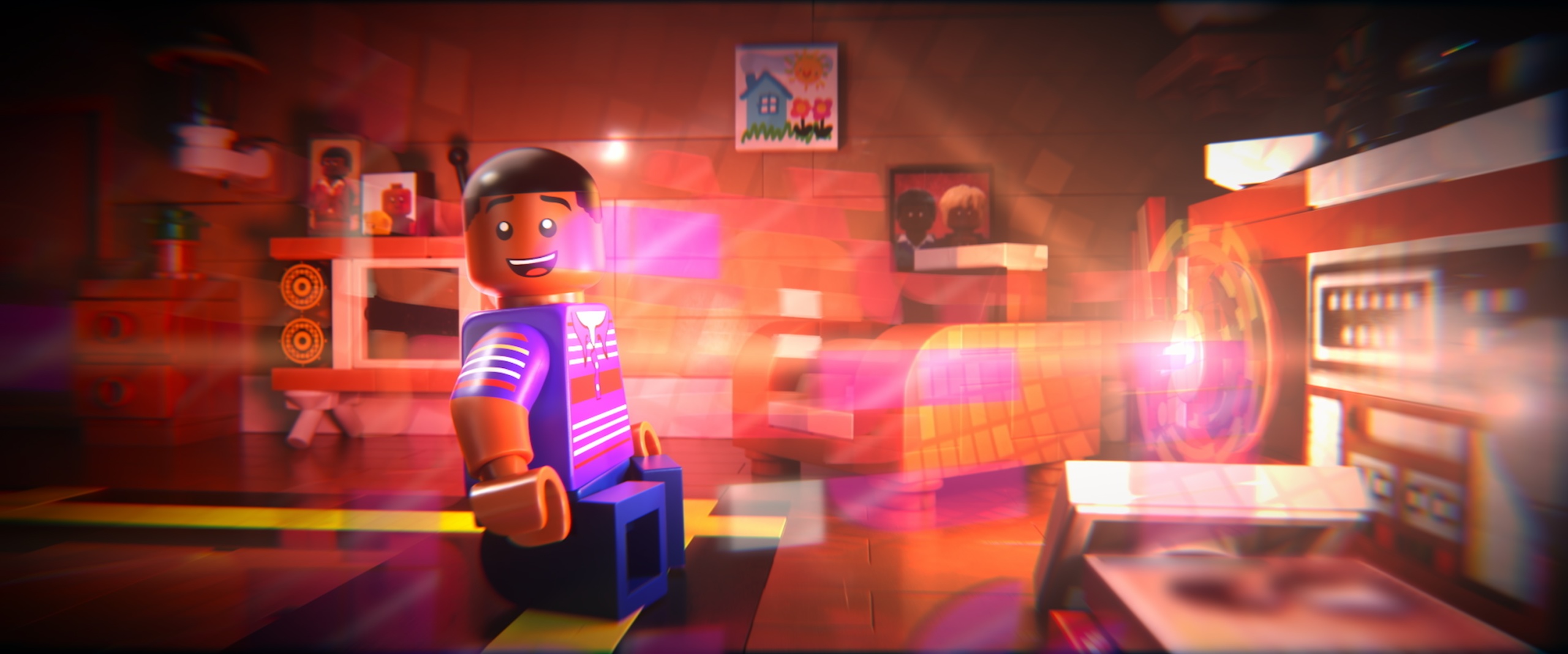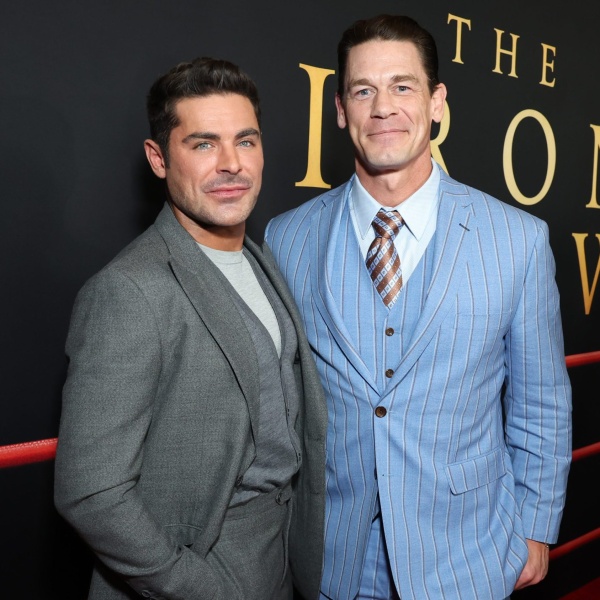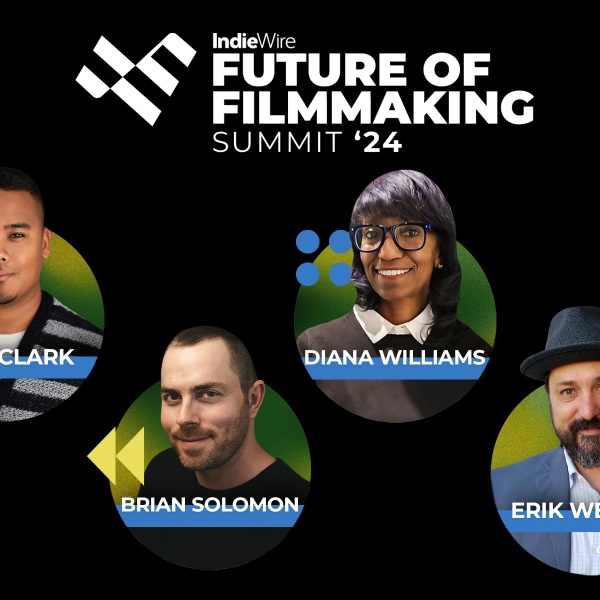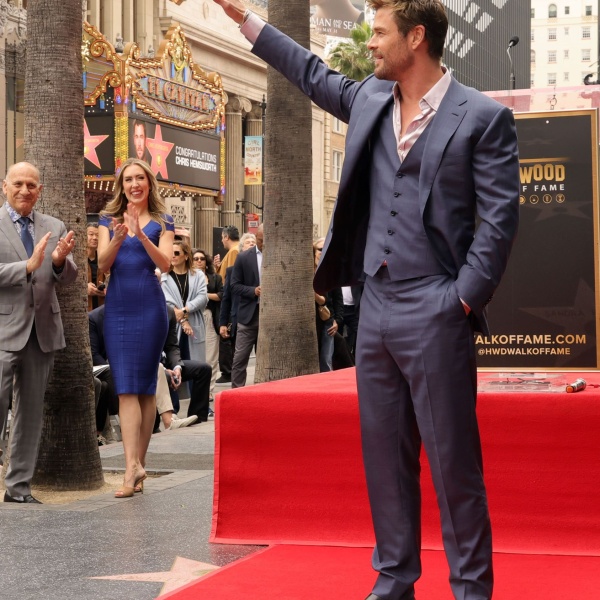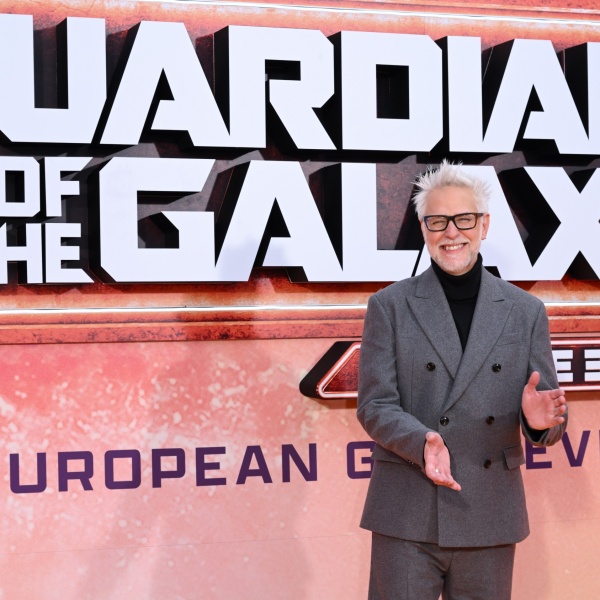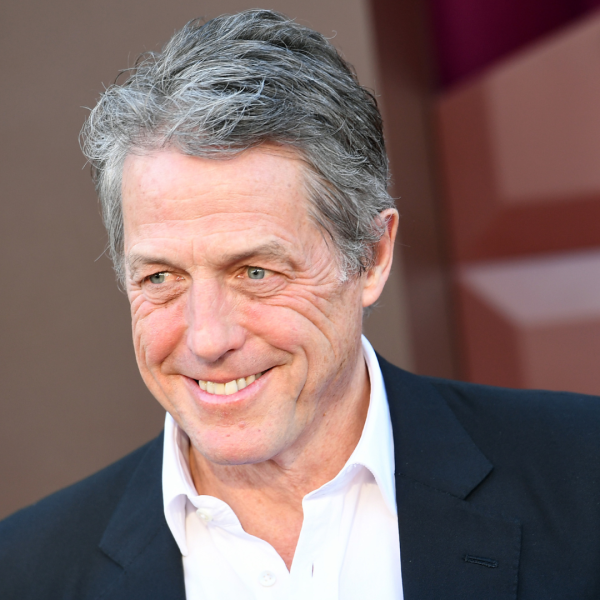When musical legend Pharrell Williams first met with Morgan Neville about using LEGO to make “Piece by Piece,” a documentary about his life, the Oscar-winning director of “20 Feet from Stardom” was intrigued but perplexed.
“His pitch to me was: I really like your documentaries, and I had the idea that you would make a documentary about me, and then when you were done, you would throw out the visuals and make it again in LEGO,” Neville told IndieWire. “And when he said that, I got really interested. But it just sounded like a crazy idea, and I had to think about what that would mean.”
Ultimately, it meant opening up the possibilities of what a doc and animated feature could do as a new form of cinematic expression. The refreshing result and positive buzz out of Telluride and TIFF has Oscar talk of “Piece by Piece” competing in both categories.
Neville certainly had plenty to work with in telling the ups and downs of Williams’ musical stardom as a relatable coming-of-age story (bolstered by five original songs, including the infectious title song). Williams was a restless kid growing up in the Virginia Beach projects fascinated by water and music, who later struggled to gain acceptance as a teen with his R&B-style hip hop group, The Neptunes, which went from fringe to successful, turning his idiosyncratic beat into a mainstream trend.

This led to a skyrocketing solo career that re-shaped pop music, marked by such multi-platinum hits as “Drop It Like It’s Hot,” “Get Lucky,” and “Happy,” as well as an influential fashion street brand. But along the way, Williams reached a point where he couldn’t buy a hit, catering to too many demographics, until he found a new beat that redefined his style. That became the thematic hook for Neville.
“It’s a story about a creative person, but there are a lot of these issues that I’ve thought about in my career: How do you stay true to who you are?” said Neville, who never intended to make another doc about the music industry before Williams blew his mind with LEGO.
When they first met, Williams described how the neurological phenomenon called synesthesia allows him to experience swirls of color when listening to music. This became the eureka moment and the basis of a 90-second LEGO demo created by Tongal, the primary animation partner.
“That demo was first and foremost a way to prove to me and Pharrell that this idea was going to work,” said Neville, who also secured financing as a result of the demo. “It’s listening to Stevie Wonder’s ‘I Wish’ as a boy and the synesthesia coming in. We hadn’t figured out how to do synesthesia, but we have the whole room changing color, and it really worked. I needed to see this movie. We showed it to LEGO, who loved it, and everybody else we showed it to got it and thought it was really cool.”
The synesthesia scene was crucial in conveying Williams’ childlike innocence and sense of wonder. When it finally came together, with Pure Imagination Studios, Tongal, and Zebu producing the visual storytelling with Unreal Engine, it contained bright colors, dazzling lights, and a beat represented by glowing orbs. This effect occurs throughout the film as a window into Williams’ imagination.

“After our first meeting, I started to think about all the things you could do with animation that you can’t do in a documentary,” Neville said. “You can’t visualize synesthesia, you can’t visualize beats. But there’s a whole other type of storytelling and, in a way, you can be inside somebody’s head, and you can also time travel with animation, and you can create connections with the music and it got really exciting.”
Yet Neville needed to resolve the tension between documentary and animation by marrying the two as a unique form of magical realism: “The animation mindset often is you know that you can create whatever world you want; you decide the design of every piece and the color and texture of everything,” he said. “And a documentary you have no control over, you’re often dealing with people who are going to say whatever they want in spaces that you don’t get to decide what they look like.”
The thing about LEGO, though, is that it has its own animation grammar because of its inherent limitations. “A minifig has no nose, no ears; they have joints, but they don’t really wiggle,” Neville said. “We had a lot of discussion about cheating a little bit of motion to try and get a sense of dance. I was also worried in the beginning about having a talking head interview that’s emotional. But I have to give credit to Howard Baker, our primary animation director, for pushing the animation.”
At Williams’ insistence, LEGO customized the design of the faces to better represent Black skin tones and hair. “That was something that LEGO, to their credit, understood it was good to be pushed that way,” Neville added. “Even now, in the wake of our movie, I see them doing more diversity in their products. They just did this minifig generator they put out for our film. So you can make a minifig of yourself and then have the little avatar and do whatever you want with it. And all the skin tones and hair stuff found its way into that generator too.”
After shooting all of the interviews with Williams and a multi-generational parade of superstars (led by Jay-Z, Missy Elliott, Snoop Dogg, Kendrick Lamar, and Justin Timberlake), Neville started forming the narrative and worked with the animation teams to create storyboards.

The director divided the film into three stylistic “gears” (a documentary representation, an anecdotal retelling, and a musical performance): “The first gear is where I shot some footage and I just wanted to replicate it, like the Atlantis project where Pharrell grew up,” Neville said. “The second gear is when people are telling you their memory of an event. To me, that’s more of a cinematic gear.”
An example is when rapper N.O.R.E. recounts taking a package containing Williams’ secret beat for “Superthug” by plane to Miami with instructions not to open it until it arrives. The payoff becomes a surreal synesthesia when it’s performed live in South Beach. “It plays more like a movie,” added Neville, “but then once the song really comes in, all the rules disappear.”
The third gear is best represented by the performance of “Hollaback Girl,” sung by Gwen Stefani, which Neville turned into a musical fantasia about Williams and his high school friends creating beats on tables in the cafeteria, culminating with the appearance of a marching band. “I just started to think what if that song was written in a different context for a different purpose,” he said. “We took out the words and just used the sound of it to be the kind of song that would be in a high school, because it’s a song that kind of lives that way now.”
Once Neville got comfortable with the LEGO animation, he leaned heavily into his doc instincts to emphasize a guerrilla filmmaking style. “I kept saying, ‘We really have to honor the mistakes because there’s a quality to the reality of it,’” he added. “And they kept saying, ‘Well, that’s an extra step.’ And there was also a lot of, ‘We don’t do that in animation.’ Whenever I wanted out-of-focus shots, no match cutting, and rough handheld work, they said, ‘Are you crazy?’ That’s when I got excited. I have to say, I think they got it.”
Meanwhile, turning Williams’ “Happy” on its head into a meta-moment amidst Black Lives Matter protests against police brutality was one of Neville’s most inspired ideas. “The thing I didn’t anticipate is when he said people come up to talk to him about that song, not because they’re happy, it’s because they need happiness in their life,” Neville said. “As Pharrell says in the film, they created this 24-hour music video for it, and there’s a website that streams it again and again, and they have it in children’s cancer wards.
“It’s a song that is actually heavy, it carries a lot of weight,” Neville continued. “That led to the layers of what Black Lives Matter was then, and how that resonated with Pharrell and was happening in the wake of ‘Happy,’ and so it kind of slid into that. Those are the things you don’t anticipate until somebody says something. This film opened more creative doors for me than any film I’ve ever done. I mean, just in terms of me flexing muscles that I didn’t know I had and trying new things. That was part of the fun of just seeing how far we could push everything.”
